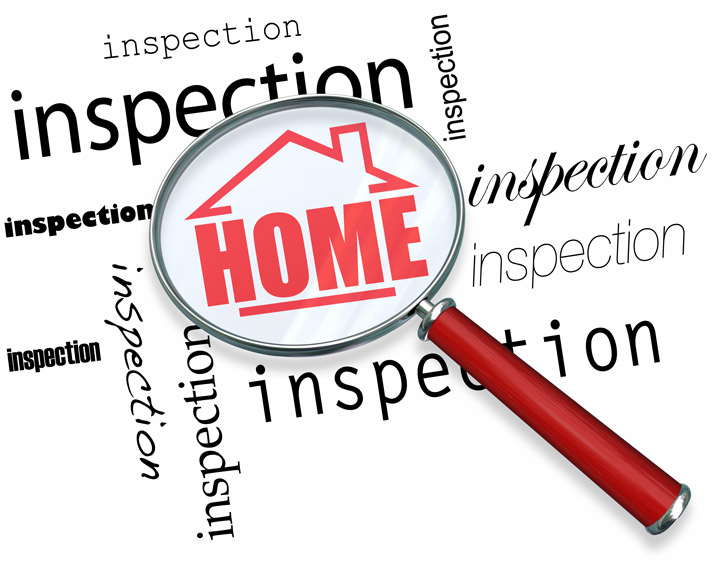
Understanding AppraisalsAcquiring a home is the most significant transaction most of us might ever make. Whether it's a primary residence, a seasonal vacation home or a rental fixer upper, purchasing real property is an involved financial transaction that requires multiple parties to make it all happen. The majority of the parties participating are quite familiar. The most familiar entity in the exchange is the real estate agent. Next, the mortgage company provides the money required to fund the exchange. And ensuring all aspects of the exchange are completed and that the title is clear to transfer from the seller to the buyer is the title company. So, what party is responsible for making sure the property is worth the amount being paid? This is where the appraiser comes in. We provide an unbiased estimate of what a buyer could expect to pay — or a seller receive — for a parcel of real estate, where both buyer and seller are informed parties. A licensed, certified, professional appraiser from PXD Appraisal LLC will ensure, you as an interested party, are informed. Inspecting the subject propertyTo determine an accurate status of the property, it's our responsibility to first complete a thorough inspection. We must physically view features, such as the number of bedrooms and bathrooms, the location, amenities, etc., to ensure they truly are present and are in the shape a reasonable buyer would expect them to be. To ensure the stated size of the property is accurate and illustrate the layout of the house, the inspection often requires creating a sketch of the floorplan. Most importantly, the appraiser looks for any obvious features - or defects - that would have an impact on the value of the property. After the inspection, we use two or three approaches to determining the value of real property: paired sales analysis and, in the case of a rental property, an income approach. 
Cost ApproachThis is where the appraiser analyzes information on local construction costs, the cost of labor and other factors to calculate how much it would cost to construct a property nearly identical to the one being appraised. This value usually sets the maximum on what a property would sell for. The cost approach is also the least used method. 
Paired Sales AnalysisAppraisers can tell you a lot about the subdivisions in which they appraise. They thoroughly understand the value of particular features to the people of that area. Then, the appraiser looks up recent transactions in close proximity to the subject and finds properties which are 'comparable' to the property being appraised. By assigning a dollar value to certain items such as remodeled rooms, types of flooring, energy efficient items, patios and porches, or extra storage space, we add or subtract from each comparable's sales price so that they more accurately match the features of subject.
A true estimate of what the subject could sell for can only be determined once all differences between the comps and the subject have been evaluated. At PXD Appraisal LLC, we are an authority when it comes to knowing the worth of real estate features in Fontana and San Bernardino County neighborhoods. The sales comparison approach to value is typically given the most consideration when an appraisal is for a home purchase. Valuation Using the Income ApproachA third method of valuing a house is sometimes applied when a neighborhood has a measurable number of rental properties. In this scenario, the amount of revenue the property generates is taken into consideration along with income produced by neighboring properties to derive the current value. Coming Up With The Final ValueCombining information from all applicable approaches, the appraiser is then ready to document an estimated market value for the subject property. It is important to note that while this amount is probably the best indication of what a house is worth, it probably will not be the final sales price. Depending on the individual situations of the buyer or seller, their level of urgency or a buyer's desire for that exact property, the closing price of a home can always be driven up or down.Regardless, the appraised value is often used as a guideline for lenders who don't want to loan a buyer more money than they could get back in case they had to sell the property again. The bottom line is, an appraiser from PXD Appraisal LLC will help you attain the most fair and balanced property value, so you can make wise real estate decisions. |